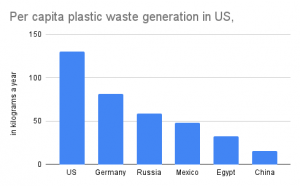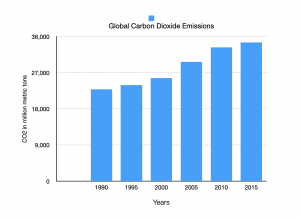To begin with, the pursuit of sustainable energy is something that not many countries are able to afford. Developing countries have a much harder time becoming more sustainable due to cost of these renewable energy. But to tailor this more specifically to the solar power, it is a relatively expensive renewable energy. According to U.S. DOE’s Energy Information Administration (EIA) ¨it’s the most expensive form of electricity among current technologies for new electricity generation, about $396 per megawatthour for PV.¨ It is roughly twice the amount of other energy such as wind. Therefore, commercial-level application is probably very difficult. On campus, the only housing that had the solar power is the Garnett, and it is not even enough to sustain the energy that runs in the building. However, it should be a goal to strive towards, especially for the US as a developed nation!
Source:
https://www.nationalgeographic.com/science/article/101105-cost-of-solar-energ







